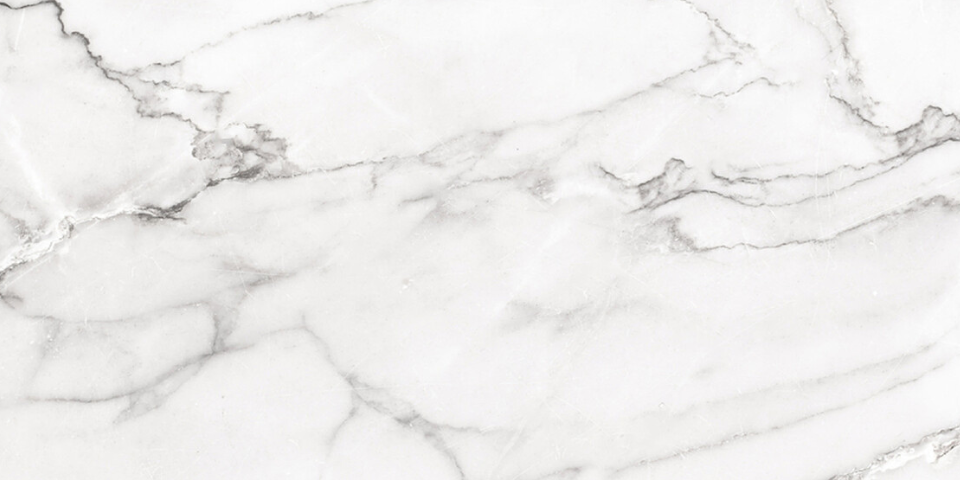Exquisite White Marble For Your Interior Setting

The innate elegance of white marble makes it a widely sought-after variety of stone. Homes also employ it as an external and interior material. It may also be used to give any interior area a cozy and refined atmosphere. Additionally, the subtle shine of white marble contrasts beautifully with dark wood furnishings. White marble, however, has advantages and disadvantages; it can turn yellow with time. You may achieve the cozy, chic style you want for your home by using white marble in your design plans! A marble's tint that resembles snow is called white marble.
It is primarily utilized in interior design and ornamentation. It is also used to create urns, urns, statues, columns, and tombstones. The elegant white marble has a wide range of applications and has been used for ages. White marble was regarded as the best material for public structures and temples in ancient Greece. Ancient Greek and Roman architects popularised white marble throughout history.


What are the types of white marble?
White marble is a common material for home exteriors and interiors. Many other materials, including wood, stone, and stainless steel, complement it beautifully. When used for front porches, steps, tables, and seats, white marble looks amazing. White marble can also be used by homeowners to improve the aesthetic appeal of their kitchen. Kitchens with white marble floors that complement granite or stainless steel counters look stunning.
Additionally, white marble slabs make ideal sinks since they complement accessories made of stainless steel beautifully. Unlike grey marble, white marble does not have any blue or green tones. When compared to other marbles of the same color family, it appears lighter and whiter as a result. Due to its light tint in comparison to other marbles of the same type, the term "white marble" was coined. White marble also has a smooth surface that makes it easy for it to blend in with its surroundings.
Because of this, it can be used for outdoor applications like steps and benches as well as paving stones in gardens or driveways. White marble is perfect for kitchen surfaces and underfloor heating systems due to its great heat retention qualities.
Applications of white marble in an interior setting
White marble's inherent elegance makes it a popular choice for home design ideas. Homeowners might use warm grey or black marbles to contrast with their brighter interior spaces to get a natural white marble impression. To make your space feel spacious and light, you can also use lighter marbles like grey or blue. Warm colors like orange or red would also look great against lighter white interiors to provide warmth to your interior area! In addition, to give a room a sleek yet sophisticated appearance, contemporary designers occasionally place stark black or grey furniture sets inside lighter white spaces! 90% calcium carbonate (CaCO3) and 10% silicon dioxide make up white marble (SiO2).
Carrara is the most widely used type of white marble because of its profusion of sandpaper-like grey veins. When utilized in columns or tombstones, the grey veins give the marble a "worn" aspect that enhances its aesthetic value. Due to its grey speckled veins and irregularly sized grains, natural Carrara marble is the most expensive variety of white marble. A single piece of natural Carrara marble must be mined for hundreds of years before it is polished into white marble surfaces.
By utilizing a marble polisher to create a glossy finish on their surfaces, homeowners may create the appearance of white marble in their homes. However, white marble tends to yellow with exposure to light, so it could be challenging to keep it looking spotless over time! Therefore, while picking your home design ideas, take into account selecting another kind of white marble that does not age to a yellowish hue.
Elegant white marble and granite items are available from Shree Abhayanand Marbles to create the ideal mood in your interior setting. The traditional stone of choice, white marble, is used for numerous different uses and applications in addition to decoration.



